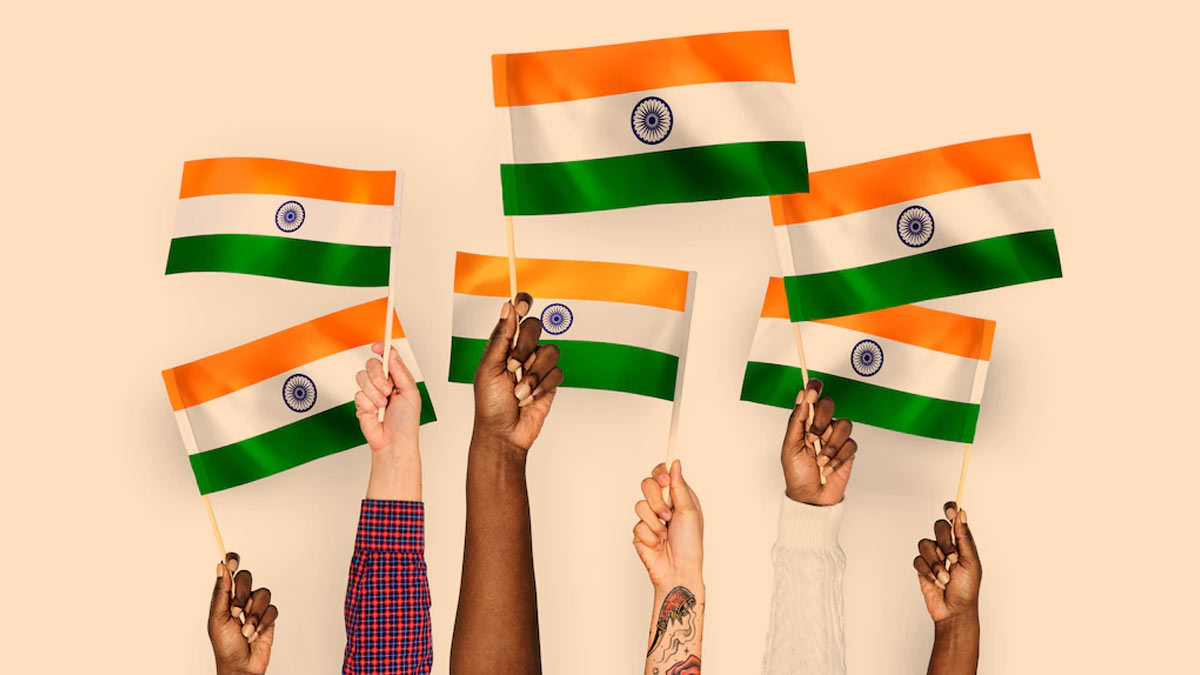
The year 2023 witnesses the 74th Republic Day on January 26. On this day, ceremonious parades are held in the national capital, New Delhi, at the Rajpath, now officially named Kartavya Path. The ceremonies are held before the President of India as a tribute to the democratic country, and its unity in diversity and rich cultural heritage.
Two days prior to our first Republic day, on January 24, 1950, the first stanza of Rabindranath Tagore’s Bengali song Bharoto Bhagyo Bidhata was adopted by the Constitution of India as the National Anthem.

Originally written in Bengali by Nobel Laureate Rabindranath Tagore, Jana Gana Mana is not just a song but an emotion that unites the country every time we hear it or sing it. Tagore first performed the anthem on December 27, 1911, at a Congress meeting in Calcutta. Later, in 1941, Subhas Chandra Bose changed the song's original melody and the national anthem was converted from Bengali, which had been Sanskritised, to Hindi by him.
Don't Miss: A Love Letter To Tabu: The Enduring Magic She Brings To Her Characters
The anthem was translated into Hindi by Azad Hind Fauz Captain Abid Ali, while the melody was created by Captain Ram Singh. In addition to English, the national anthem has been translated into 22 other languages.
Following a declaration by Dr. Rajendra Prasad, India's first president, Jana Gana Mana was officially adopted as the national anthem on January 24, 1950.
The vocabulary used in Jana Gana Mana, which was written in Bengali, was in sadhu Bangla (tatsama Bengali), which had been substantially Sanskritised. This implied that many of the words used in it had the same meaning in various Indian languages, ensuring that the words and meaning of the national anthem are understood by all Indians. The same is performed formally in 52 seconds.

Thou art the ruler of the minds of all people, dispenser of India's destiny.
Thy name rouses the hearts of the Punjab, Sindh, Gujarat and Maratha, of the Dravida, Orissa and Bengal.
It echoes in the hills of the Vindhyas and Himalayas, mingles in the music of the Jamuna and Ganges and is chanted by the waves of the Indian Sea.
They pray for thy blessings and sing thy praise. The saving of all people waits in thy hand, thou dispenser of India's destiny. Victory, Victory, Victory to thee.
On January 26, 1950, nearly three years after India attained independence from the British colonisers, the Constitution of India came into effect. This became India's new constitution, replacing the Government of India Act of 1935, and separating it from the British Raj.
The date of January 26 was chosen as Republic Day since it was on that day in 1930 that the Indian National Congress proclaimed the Declaration of Indian Independence.
Don't Miss: Ishaan Khatter: From Beyond The Clouds To A Suitable Boy, He Is Here To Stay
“On the 26th of January 1950, we are going to enter into a life of contradictions. In politics we will have equality and in social and economic life we will have inequality,” said Dr B R Ambedkar in his final speech to the Constituent Assembly on November 25, 1949.
Also watch this video
Herzindagi video
Our aim is to provide accurate, safe and expert verified information through our articles and social media handles. The remedies, advice and tips mentioned here are for general information only. Please consult your expert before trying any kind of health, beauty, life hacks or astrology related tips. For any feedback or complaint, contact us at compliant_gro@jagrannewmedia.com.